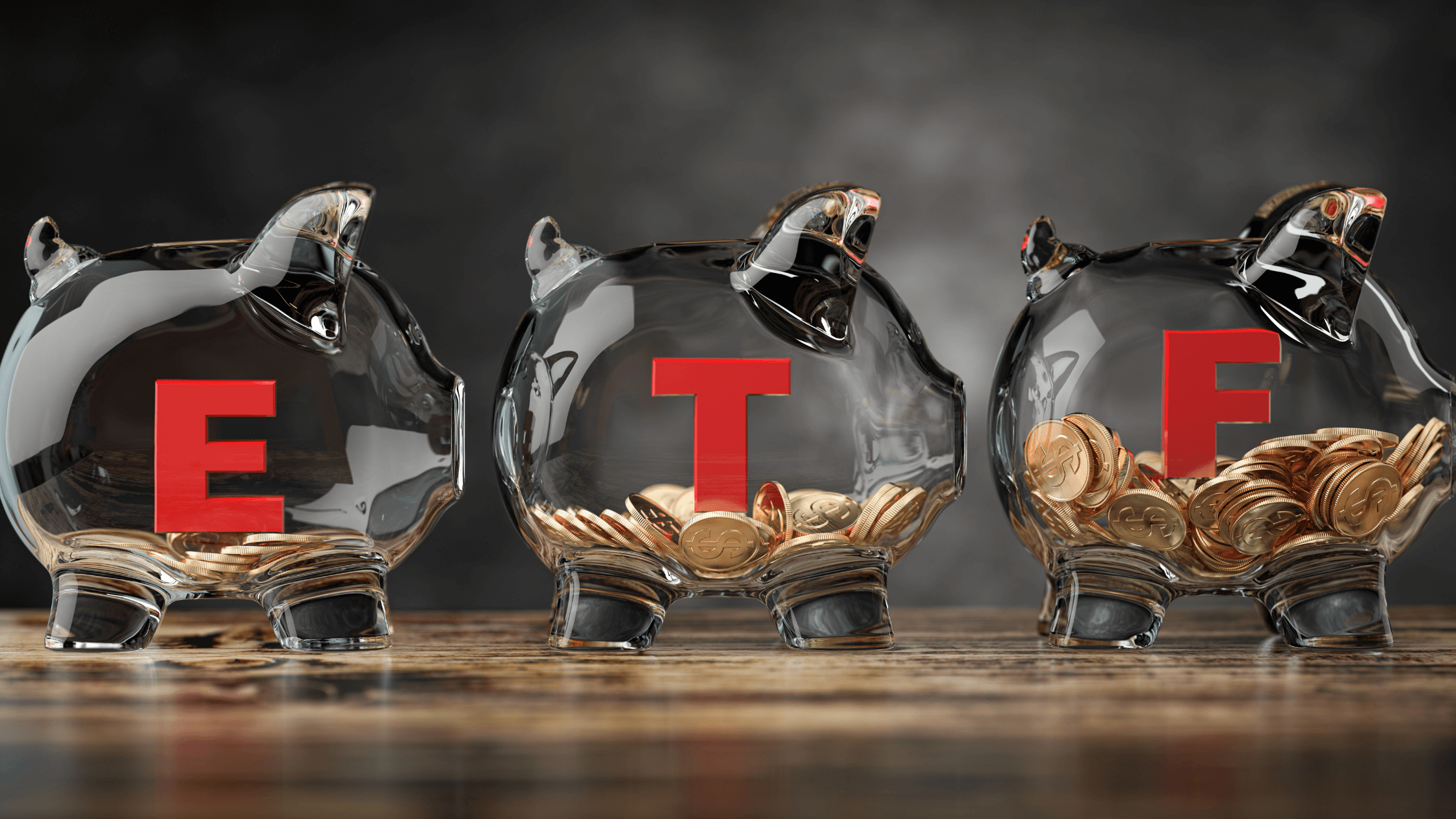Exchange-Traded Funds (ETFs) are investment vehicles that blend characteristics of both open-end funds and stocks. They are “open-ended” in that they pool money from multiple investors, allowing for an unlimited issuance of shares. Additionally, ETFs are traded on stock exchanges like individual stocks, offering the benefits of flexibility and liquidity throughout the trading day.
Below, we detail the main categories of ETFs, each tailored to different investment strategies and objectives:
Index-Tracking ETFs
These ETFs are designed to mirror the performance of a specific underlying index. For example, the SPDR S&P 500 ETF (SPY), the largest ETF globally, aims to reflect the performance of the S&P 500, which tracks the 500 largest U.S. companies. These ETFs aim to provide returns similar to their target index, though actual returns of ETFs may vary due to tracking errors.
- Market-Cap Weighted ETFs: The most common type of index-tracking ETFs is market-cap weighted ETFs. A prime example is the SPY, the largest and most widely traded ETF globally. SPY is often referred to as a “bellwether” ETF because it provides investors with a broad snapshot of the U.S. equity market.
- Dividend ETFs: Dividend ETFs are attractive to income-seeking investors as they provide a regular stream of cash flow. These ETFs focus on stocks that pay regular dividends to investors and may track dividend-weighted indexes or select stocks based on their dividend yield. The Vanguard Dividend Appreciation ETF (VIG), which tracks the performance of the S&P U.S. Dividend Growers Index, is a notable example. ETF issuers may pay those dividends directly to the shareholders or reinvest it in the fund if the investors opt for a dividend reinvestment plan (DRIP).
- Sector ETFs: Sector ETFs hold a portfolio of stocks from companies within the same industry. These ETFs allow investors to gain exposure to specific sectors, such as energy or technology. Many investors look to sector ETFs to profit from the next hot industry. The Global Industry Classification Standard (GICS) is the most widely used system for categorizing market sectors. The Financial Select Sector SPDR Fund (XLF), tracking the Financial Select Sector Index, includes top holdings like Berkshire Hathaway, JPMorgan Chase, Visa, Mastercard, and Bank of America.
Actively Managed ETFs
Unlike passive index-trackers, actively managed ETFs employ professional managers to oversee the portfolio, aiming to outperform a benchmark index. This active management allows for rapid adaptation to changing market conditions. One of the largest active management ETF is the JPMorgan Equity Premium Income ETF (JEPI), which invests in large-cap US stocks and equity-linked notes (ELNs) to provide returns similar to the S&P 500 Index with lower volatility and monthly income.
- Traditional Actively Managed ETFs: These ETFs disclose their holdings daily, enabling market makers and authorized participants to value the portfolio efficiently. The Avantis U.S. Equity ETF (AVUS) is an example, managing a portfolio of US equities of all market capitalizations and designed to increase expected returns by overweighting securities with lower valuations and higher profitability ratios.
- Semi-Transparent Active ETFs: Approved by the US Securities and Exchange Commission (SEC) in 2019, this new model helps active managers to protect proprietary strategies, allowing managers to maintain some confidentiality by providing proxy portfolio to offer sufficient transparency to investors.
This introduction to ETFs has highlighted their diversity, from broad market exposure to specific sector investments, income generation, and active management strategies. Stay tuned for Part Two, where we will explore additional ETF categories such as bond, commodity, and currency ETFs, offering a more comprehensive understanding of this versatile investment tool.
Disclaimer: ProsperUs Manager of Content Hailey Chung doesn’t own shares of any mentioned companies.









